Heritage Silves
Silves na sua esplêndida beleza natural e patrimonial, encontra-se num choque de religiões.
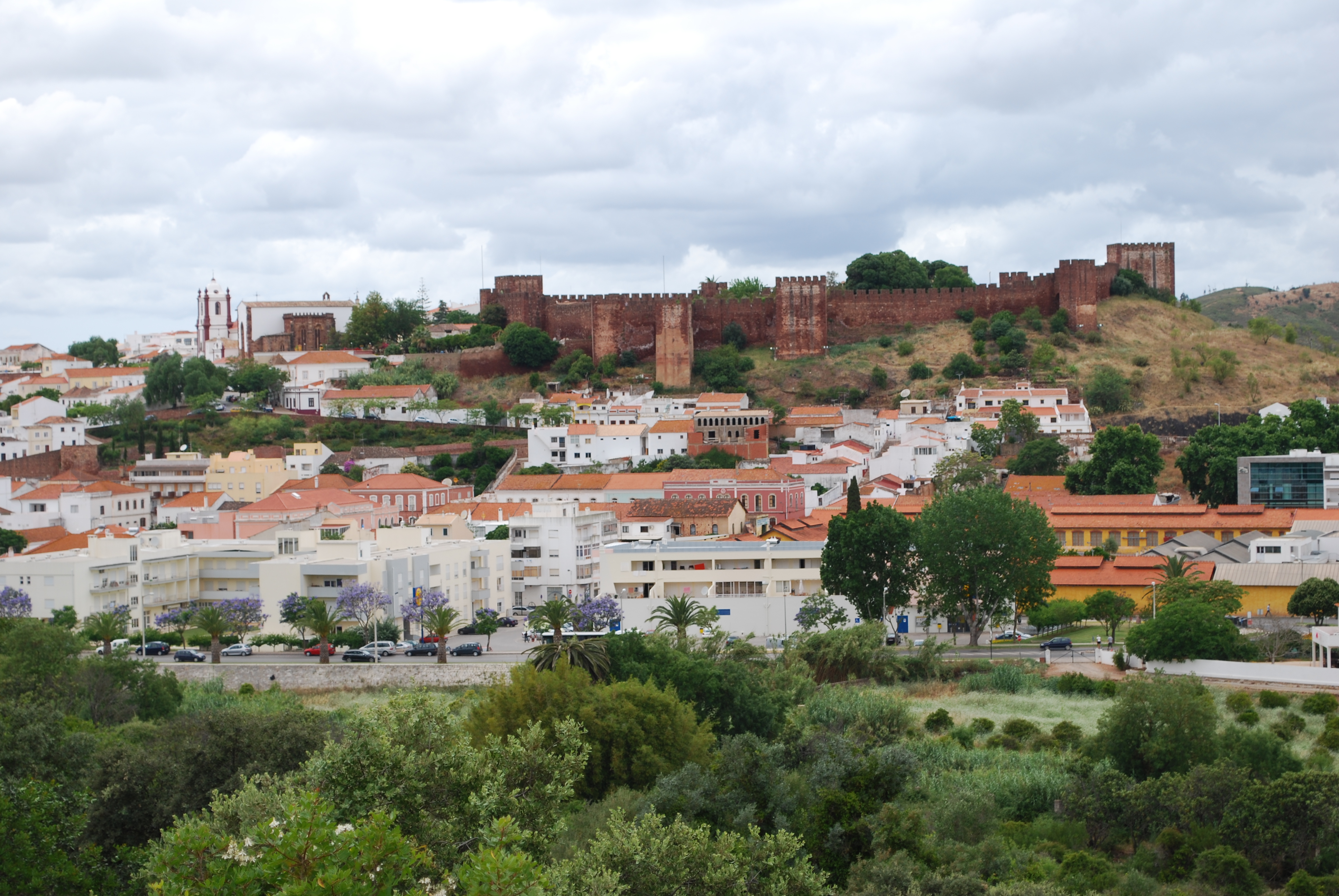
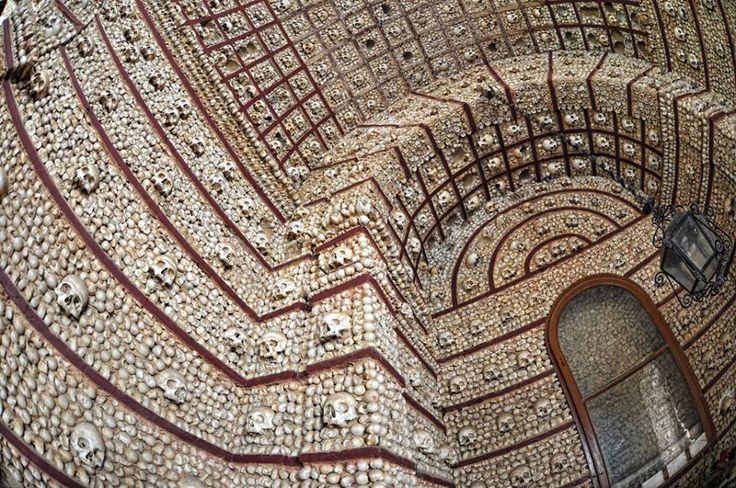
Chapel of Bones – attached to the Church of Alcantarilha, this dates from the sixteenth century, being considered as Property Concelhio value. Besides its appearance and unusual ornamentation, lined that is inwardly with human bones and skulls, probably originated from an old cemetery, in terms of religious art the chapel is limited to the altar the image of the Crucified Lord, a curious work in wood, the sixteenth century, probably from an ancient altar of the parish church. Suffered probably some restoration, as seems to denote the size of the right arm shorter.
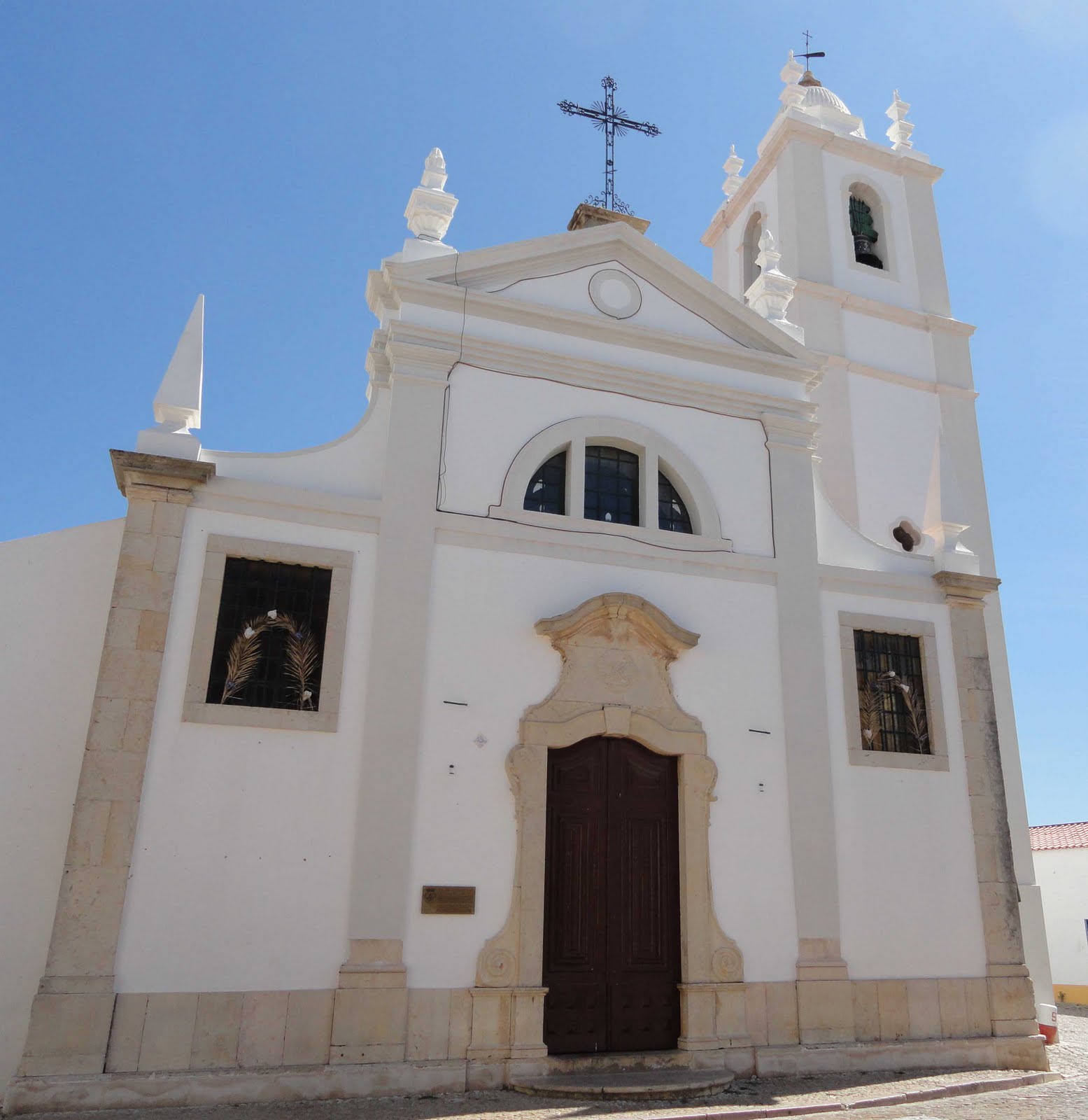
Mother Church of Alcantarilha – dedicated to Our Lady of Conception, was built in the sixteenth century, the main monument of the town and was classified as a Public Interest. This was built in 1848, the tower of the church-sight through the narrow streets of Alcantarilha. It has four bells: the largest has a cross, the image and the name of Our Lady of Conception; It said that was made in Lisbon by António Manuel Santareno, “the manufactures of Rva Avgvsta in 1847 Anno”. The longitudinal plan consists of three naves, and the temple dominated mainly by the manufactory and Baroque styles. On the high altar is the image of the Patroness, which stands in interesting collection of sacred art of the temple. The image, in wood, was carved in the eighteenth century. Note also the baptistery, decorated with interesting tiles and a sumptuous font.

Casino – Armação de Pera, this was opened in 1958, was one of the first modern casinos to be built, representing a unique example of Estado Novo architecture in the region. Thanks to the tourism industry, leading emerging signs in the sixties, the casino lived its splendor period, getting big names of the show and the music.

Mansion of Caldas and Vasconcelos – built in the first decade of the twentieth century, it is the epitome of vacation home Silvense bourgeoisie linked to the cork industry. It was designed by the owner, Manuel de Vasconcelos, inspired by the French civil architecture of the time. In its vicinity we can also observe some later villas, the Estado Novo.
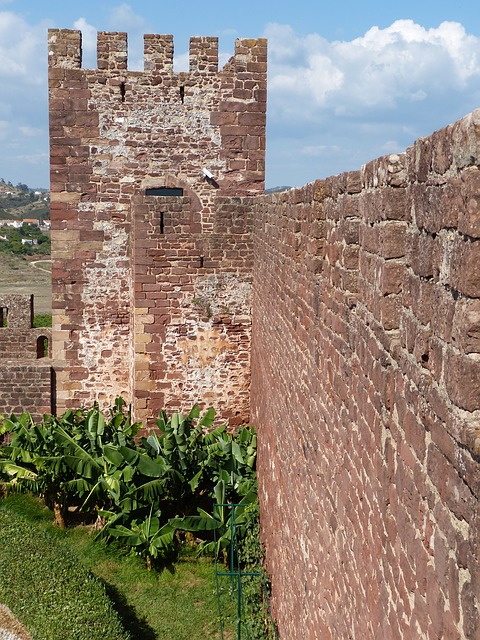
Fortress – classified as a building of public interest in 1978, this property of military architecture, is a bastion fortification platform for artillery into the sea. In the seventeenth century, the family of the Galicians was notable in the fight against piracy plaguing the coast, being responsible for the initiative of the construction of the Santo Antonio Fortress of the Sands in order to protect their tuna frame. This was completed in 1667, saw the birth of the village at around the same place name. In addition to this name, the fortress and the village were already known by other names such as Pear Down, Down Frame, Pear Easel, Santo António da Pera Gale and San Antonio de Pera. Inside, highlighting the Chapel of Sto. Anthony, built in the eighteenth century, around 1720, calling upon the strong patron. This chapel has survived to this day and is now also known as the Chapel of Our Lady of the Afflicted.
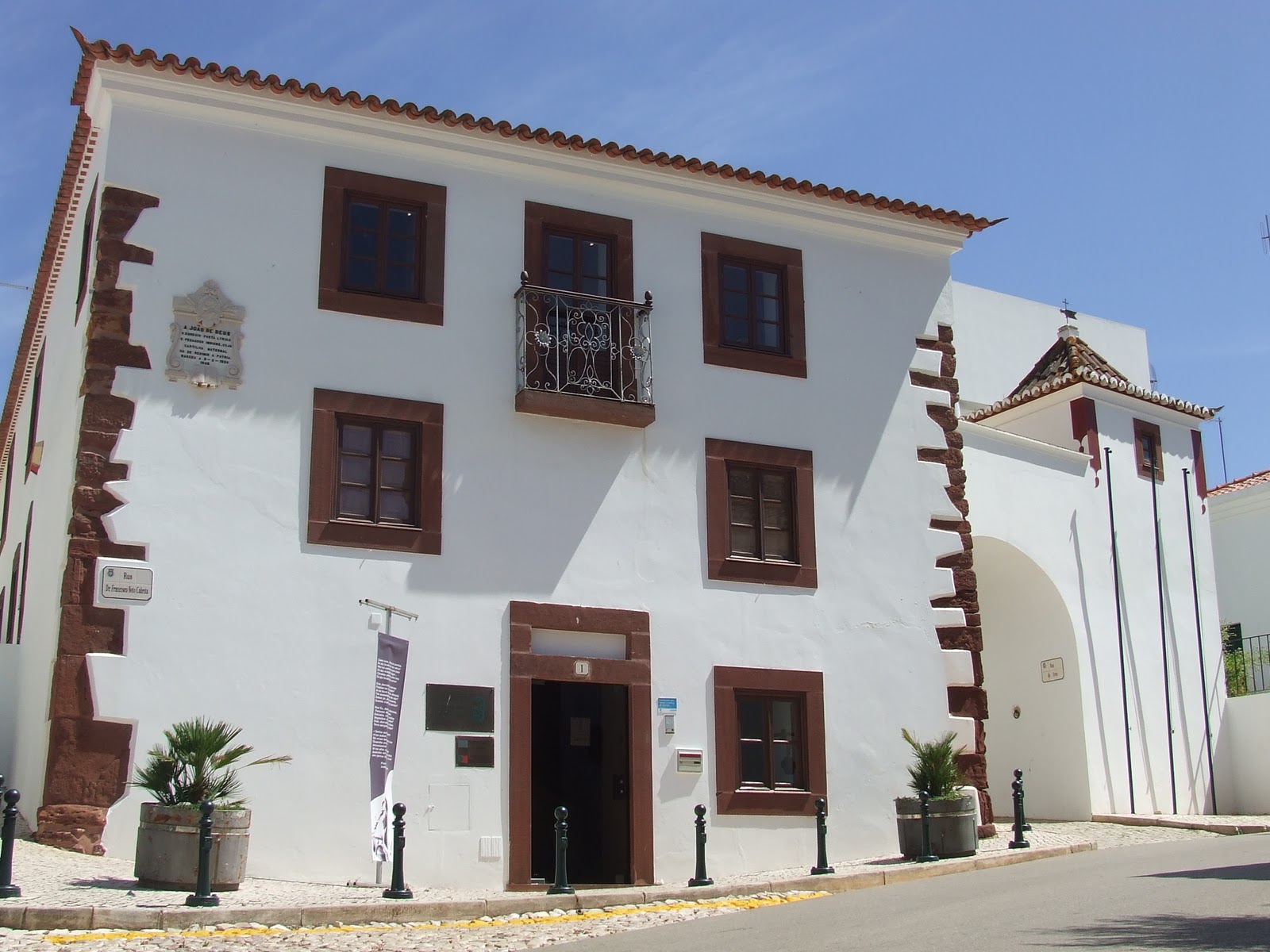
House Museum of João de Deus – this space and recreates the retrospective time John of God lived, with an exhibition of the life and work of the poet and pedagogue. On the 1st floor is a living room, a kitchen and a bedroom. On the 2nd floor can be seen in the permanent exhibition hall some few copies of the first editions of the poet. Are still exposed monographs, texts, cards, coins, reproductions of the life and work of John of God, a charcoal caricature of Rafael Bordallo Pinheiro, oil paintings, prints and photographs of the author of the Handbook Maternal and flowers Field. This is open Monday to Friday from 10h00 – 13h00 and 14h30 – 18h30.
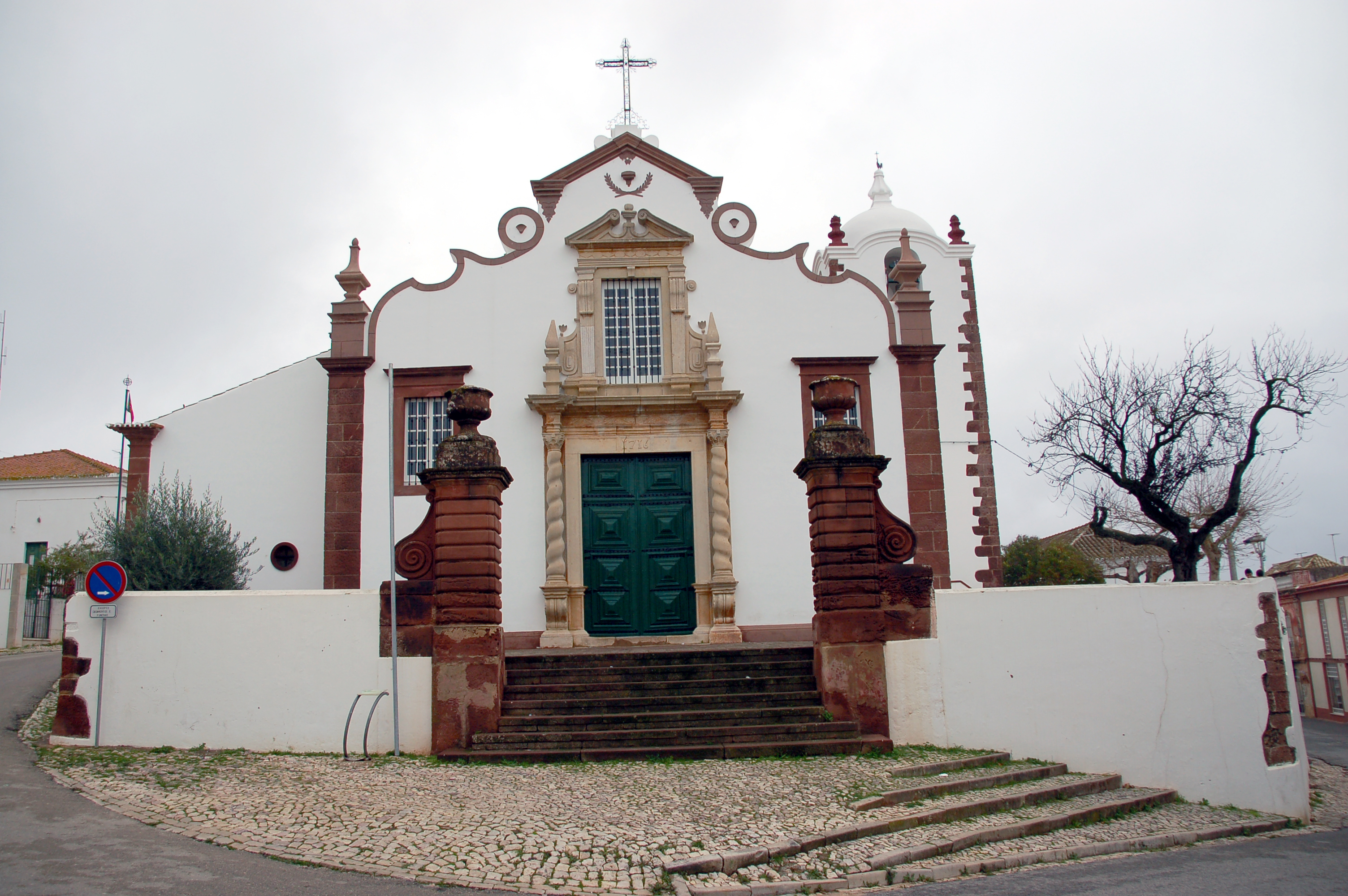
Mother Church of S.B. Messines – built in the first quarter of the sixteenth century, suffered a campaign of works in the early eighteenth century. It features architectural elements or the Manueline or Baroque style. Outside, the facade features the portico, Baroque, with two Solomonic columns on corbels, the Corinthian capitals surmounted by an entablature with side pinnacles. It has a longitudinal plan with three naves and four bays with side chapels and a tripartite bedside rectangular layout.
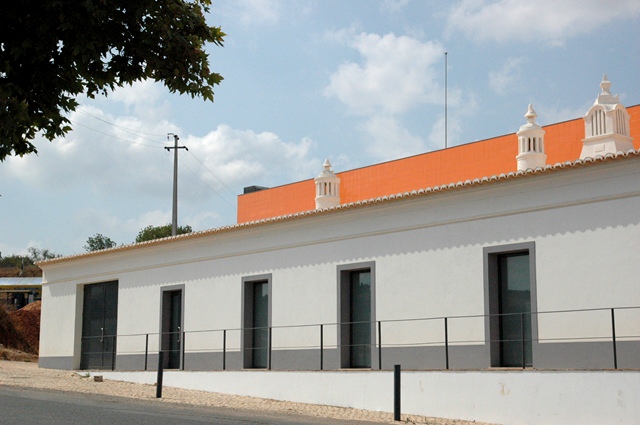
Museum of Costume and Traditions – designed based on the vast estate bequeathed to the Rancho de São Bartolomeu de Messines, this small museum displays pieces related to the popular traditions of that village, the late nineteenth century, the century beginnings. XX. Open from October to May from Monday to Friday from 9:00 a.m. to 13:00 and 14:00 to 17:00; and from June to September Monday to Friday from 10:00 to 13:00 and 14:00 to 18:00.
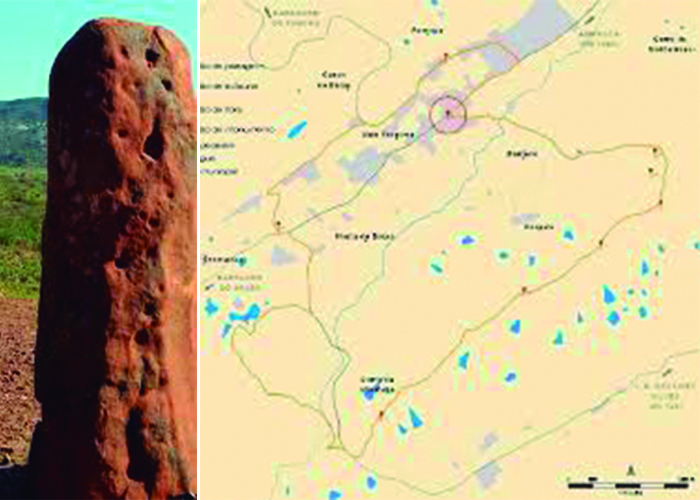
Menhirs Route – Archaeological Circuit Vilarinha in Valley Fuzeiros leads to the ancient times of Prehistory to the Middle Ages. It was called short route and has a length of 7.5 km lasting about 2:30 a.m., can be observed:
- Necropolis Pedreirinha – consisting of two tombs adult and a child, found scattered throughout the rocky emergencies that crop alone at the top elevation
- Alignment of Vilarinha – the four menhirs remaining in the places were carved in red sandstone in the region (“Silves sandstone”) and constitute an alignment with social and religious functions, which was built by the first communities that inhabited the area during the second half of VI millennium BC and part of the next millennium (ca 5500-4500 BC)
- Necropolis of Carrasqueira – previously studied Cemeteries, where there have been similar burial rituals, suggest that the necropolis with this type of graves will have originated in Visigoth period.
- Necropolis provide – These monuments are commonly attributed to the High Middle Ages, centuries VI to VII, and the expansion of people from Central Europe.
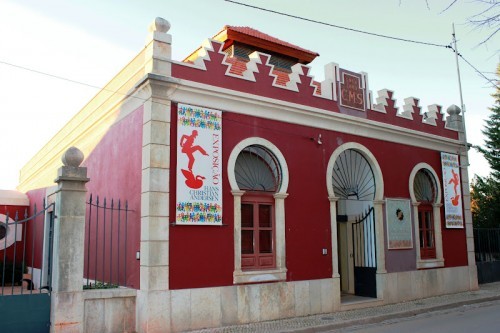
House of Islamic Culture and Mediterranean – a building constructed for Silves Municipal Abattoir in late 1914, this House of the Islamic Culture and Mediterranean wants to convey the splendor of Muslim Silves. Was new structure respects the ancestral construction techniques on the ground pressed and stabilized introducing aesthetic elements of clear Islamic influence. The city finds itself provided with a neomudéjar industrial building. Currently promotes cultural initiatives to the cultural enrichment of citizens: conferences, exhibitions, debates or small lectures. It is open from Tuesday to Friday from 10: 00-13: 00 and 14: 00-18: 00 and Saturday from 14:00 to 18:00.
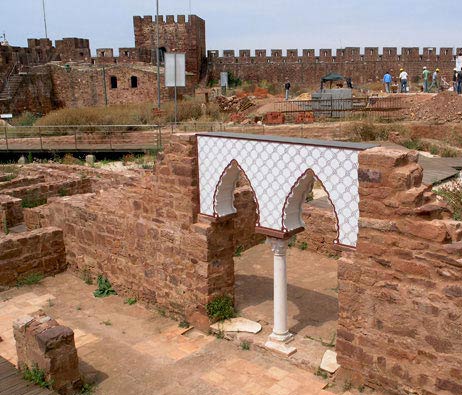
Castle of Silves – a remarkable work of military architecture that the Arabs left with over a thousand years of existence, this fortification is the highest point of the hill on which the town sits. With a form an irregular polygon, surrounded by a strong wall of mud, lined with red sandstone – the Silves sandstone, and occupies a total area of about 12,000m2. Because of the aftershocks of earthquakes, this castle has obtained several restoration works in the 40s of the twentieth century, assuming its current traces through the intervention promoted within the Development Plans. Still on the outside, next to the main entrance you can find a sculpture in bronze king’s representative D. Sancho I, monarch who in 1189 won the first time, with the help of the Crusaders, the city of Silves to the Arabs. Access to this fortress is via a double door lobby, flanked by two of the eleven towers that link one round path with the extension of 388 linear meters, making this training an important defensive system. In the northern part of the wall, we find a secondary access, designated as Port Treason, small peephole that allowed franking the wall, with discretion and autonomy of the citadel in relation to Medina. Inside the castle are several elements worthy of note, among which the Aljibe – large cistern rectangular plant that supplied water significant part of the city, another element that you can find is the Cistern of the Dogs, a huge pit with more 40 meters deep which were withdrawn in archaeological work performed, many fragments of medieval pottery, including buckets of Islamic occupation period. Near this pit there were silos where, enjoying the freshness of the underground, were stored grain collected from the many tributes that the powers, Muslims or Christians, cast on hardworking producers. So they kept prolonging for years the strength and autonomy of this military fortress. A large area located to the east, several archaeological research campaigns led to the discovery of structures of a housing of the Almohad period (1121 – 1269), which compose of two floors, an interior garden and a complex of baths and is thought to be a Palace, former residence of Muslim dignitaries. Built during the rule Almohad this palace was inhabited for a little over a century. After the Christian occupation, and expresses life so mismatch led to its abandonment after fire that devastated. In the castle concierge is at your disposal the audio guides service that will give you a full and interesting visit of the monument. This castle is open from 09:00 to 17:30 (last entry until 17:00), for the period from 16/09 to 14/07; and 15 / 07-15 / 09 from 09:00 to 19:00 (last entry until 18:30), ending on Christmas Day and New Year’s Day.
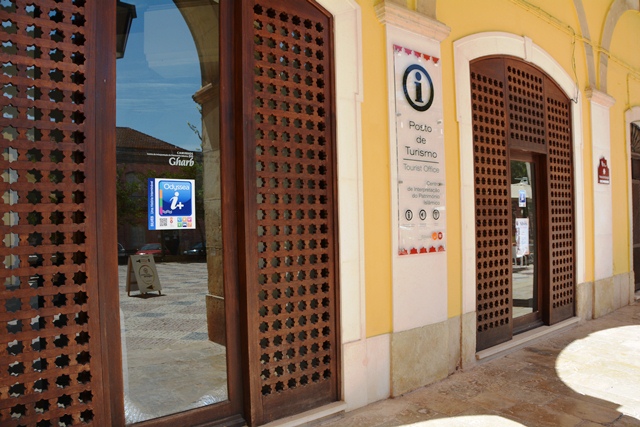
Islamic Heritage Interpretation Center – integrated into the design of Dogfish Pilot Portugal / Spain / Morocco, this center was opened in Silves on 7 May 2002. By dividing into three representative areas of Islamic influence in the region. The first area concerns the Architecture Heritage in TERRA. This appreciation of the ground material is illustrated by the inclusion of adobe structures and beautiful images of construction activity in raw land. Following is the WATER element of great importance to Arab culture, exploring its usefulness in various aspects such as the irrigation of orchards and gardens. This culture left also all over the county, a legacy related to the construction of daughters, watermills and tanks consisting of ingenious feedback systems and water supply. The last area is devoted to POETRY, here we can enjoy some of the poems written by Al-Mutamid and Ibn Ammar, finding is an excerpt of the famous poem “Evocation the Silves”, the poet king Al-Mutamid. In this place probably would be located the Arab public baths or “hammam”, usually located near the mosques or the Medina entrance, and were composed of a living room, cold room, warm room, hot room and furnace. The Islamic Heritage Interpretation Centre works today as a municipal tourist office and is an excellent place to start your visit the historic city center. Here you can get all the necessary information for your visit and make use of the audio-guide service that will tell you the best route to a full and interesting tour of the city. Open Monday to Friday from 10:00 to 13:00 and from 14:00 to 17:00.
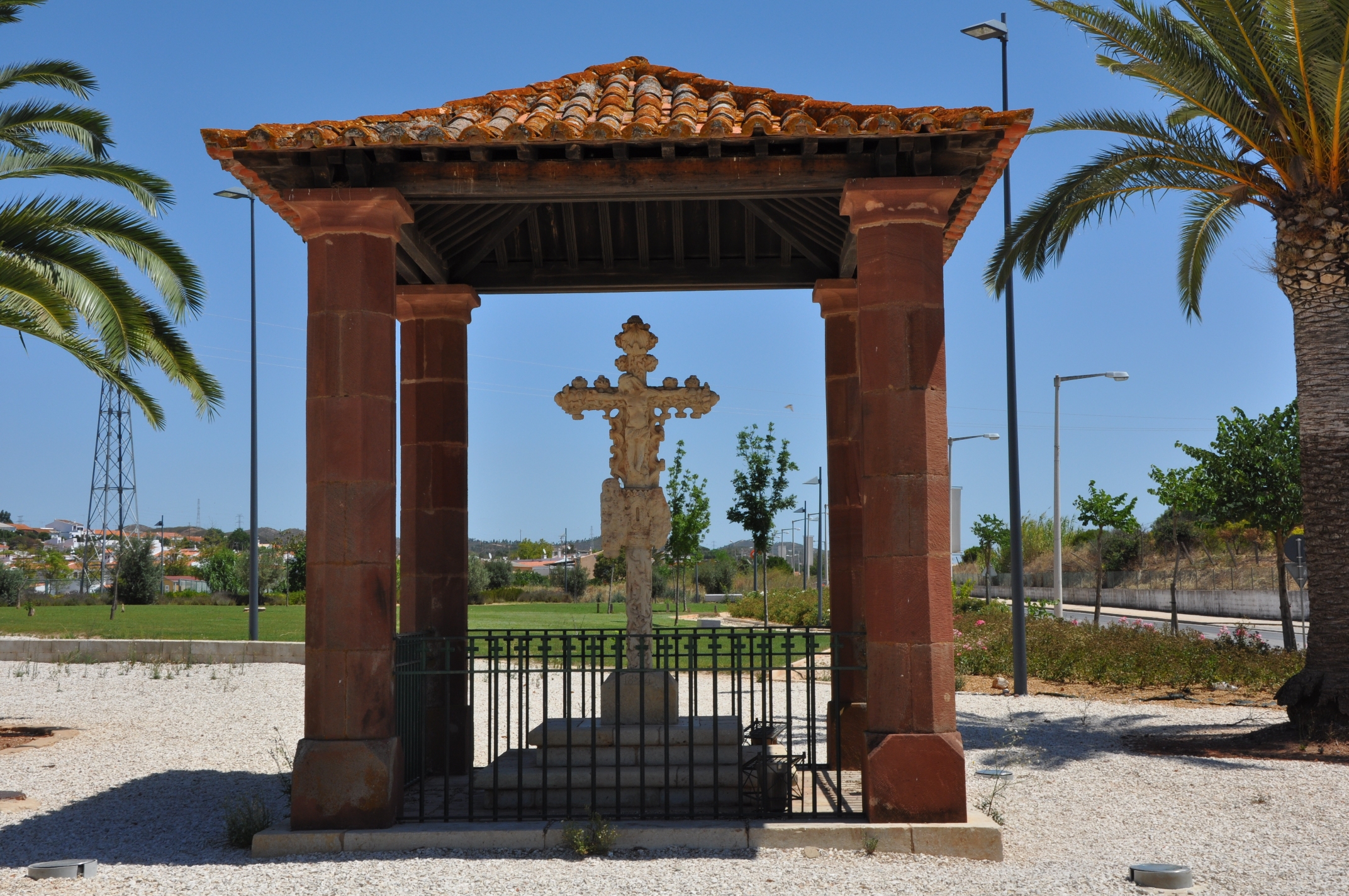
Cross of Portugal – east of the city of Silves, towards Enxerim, is the enigmatic and undeniable beauty, “Cruz de Portugal”. This is a cruise of the late fifteenth century or the beginning of the century. XVI, carved in white limestone. The artistic reasons which shows are attributed to the florid Gothic, although there are those who argue that the Cross of Portugal presents reasons and Manueline symbols. This work, classified as a National Monument since 1910, measured about 3m tall and sports a meticulous sculptural work depicting a crucified Christ and face, opposite Christ down from the cross in the arms of his mother.
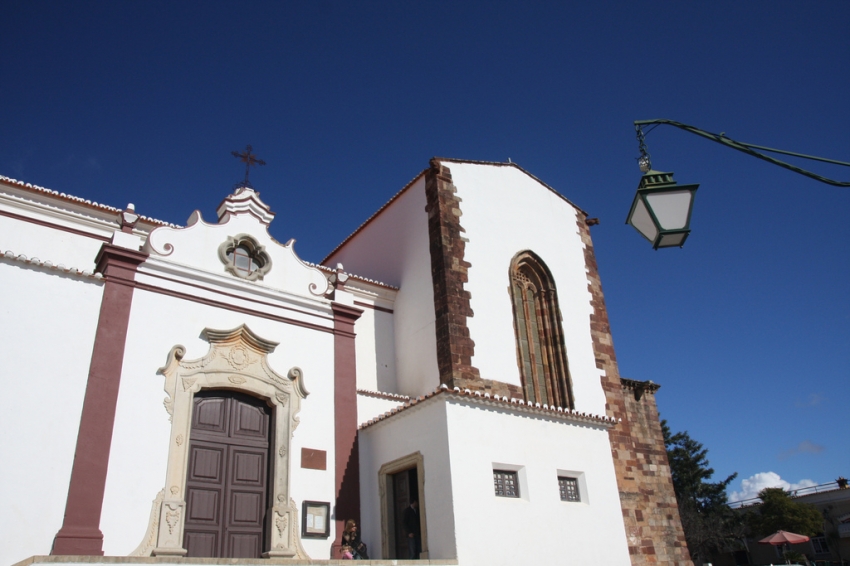
Church of Misericórdia – erected in 1491, by donation of King John to Queen Leonor, Silves was attached to the house of queens. In the second half of the century. XVI went on to serve Holy House of Mercy, however founded. On the side façade, facing the cathedral, opens a Manueline door whose carved with cut stone is made of gnarled trunks, foliage and strange gargoyles crowned by a pine cone with the inscription “Mercy House”. It is open Monday to Friday from 09: 00-13: 00 and 14: 00-17: 00.
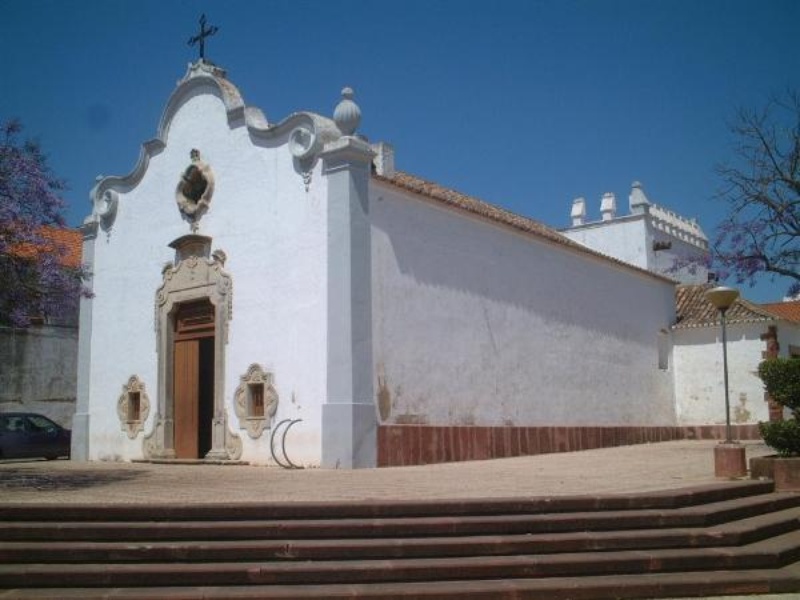
Church of the Martyrs – a small temple located City West, traditionally associated with the time of the first conquest of Silves by D. Sancho I in 118. According to the report of a crusader who have participated in it, the king would have had to build a small temple, extra – walls, that it be buried the martyrs who perished in making Silves from the Moors. But today, and after several studies, including archaeological, it argues that the building of the Church of the Martyrs took place in the period of King Manuel I.
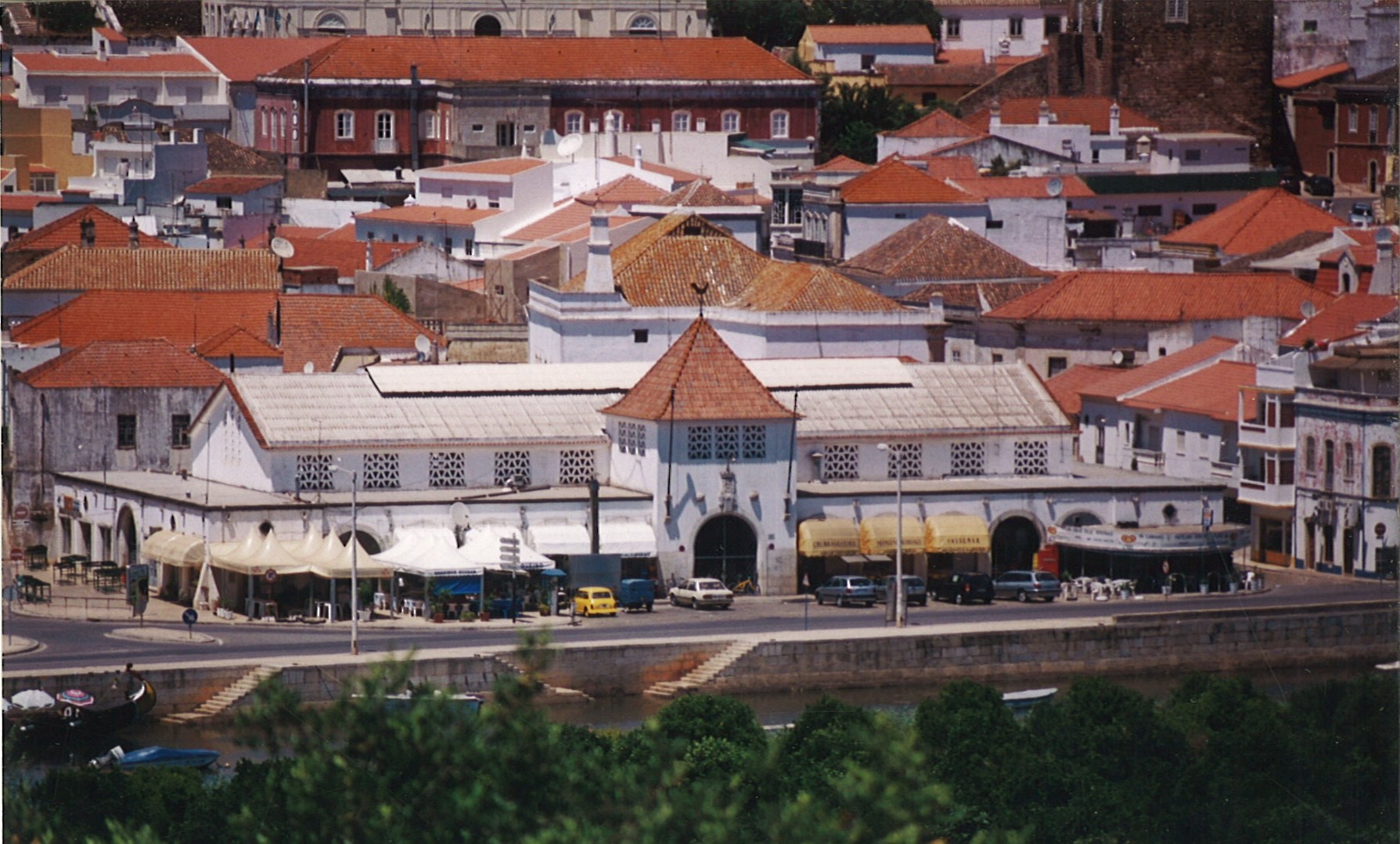
Municipal Market Silves – the current building this is an architectural copy of the New State, with a recognized architecture as “Portuguese Suave” is clearly visible on the roof of the building and the armillary sphere with the coat of arms of the city, evocative of municipal towers medievalist tradition. To buy or simply visit this site breathes tradition, so haggle prices or exchange a chat are common behaviors. Visiting this place gives to whom he passes by what most typical exists in the region: the basis of its gastronomy and culture. In addition to the numerous different fresh products, you can also find here a variety of fish, meat or other treats. This market is open from Monday to Saturday during the morning, and the day of the most bustle Saturday where local producers moving to the square.

Municipal Museum of Archaeology – in the early 80s, when the Municipality of Silves effected an intervention in a nineteenth-century dwelling house to then build the Municipal Cantina, they are put uncovered important archaeological sites, unique in the world, given its high condition . The rear elevation of the Museum is caught by a wall of the section of the Almedina, observable by a glass curtain and is an asset huge for the given museum either by its visual impact, and by the fact that you can access it by itself museum. The Archaeology Museum Silves presents collections of archaeological pieces from different periods, the Islamic period that achieves greater representativity and importance, given the grandeur of its collection of ceramics, one of the existing biggest in the country, which has about 8000 years of human experience in Silves region.
Well Arab cistern – this centerpiece and ordering element of the Municipal Museum of Archaeology, a National Monument, this piece was found around 1980 and most likely would be just one piece of a complex of buildings built in a vast urban hydraulics plan to provide water to the city prepared and carried out at least in the end of the Arab occupation of the time, in the Almohad period. Around the world only knows one more example following the same location in engineering system near the city of Cairo, Egypt. Open every day from 10.00 to 18.00 with the last entry at 17.30, closed on 25 December and 1 January.
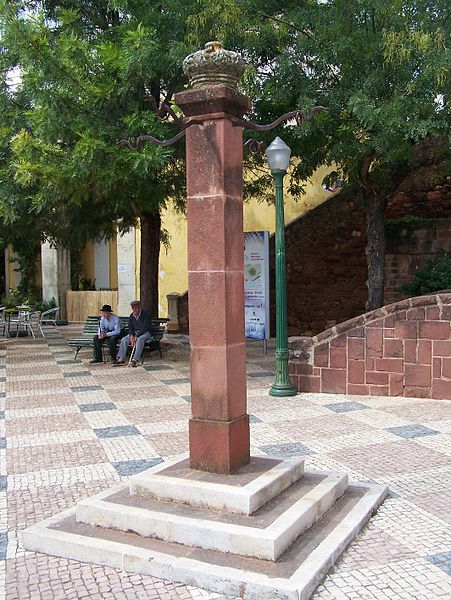
Pillory – Silves is the county since 1266, receiving the second letter of charter in 1504, reigning King Manuel I. Although even then there were the pillory, the remains of which today there are the end of the century. XVIII, probably from the reign of Queen Mary I, as the Puerta del Sol in the Cathedral or the main door of the Church of Our Lady of Martyrs. Remains today the top and two of the original irons. Your old location, behind the Town Hall, left traces in place names, in what today is called “Street of Pelourinho”.
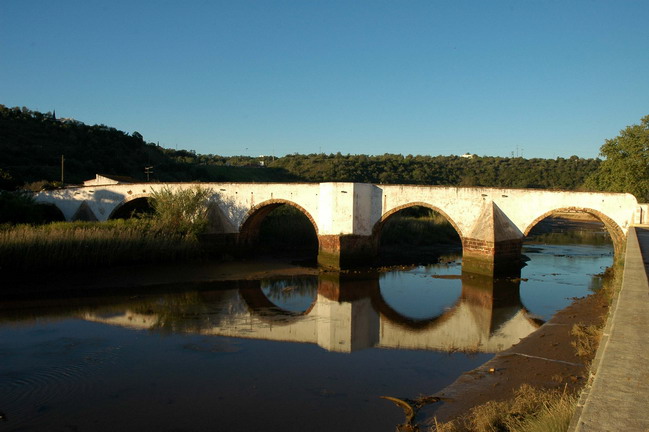
Old Bridge – a great mix of architectural styles, with perfect bridge arches and interspersed with imposing carved tides to good Roman manner, and with a board of ogivado bridge to good medieval way. Historians experts from the Roman claim to have found traces of the bridge “signinum opus,” Roman building material. Already, other medievalists report having observed in numerous bridge stones, features construction of acronyms. marks left by the flower beds on the rocks talhavam, as always in the Christian medieval period. Built in “silves stoneware,” the bridge has five arches.
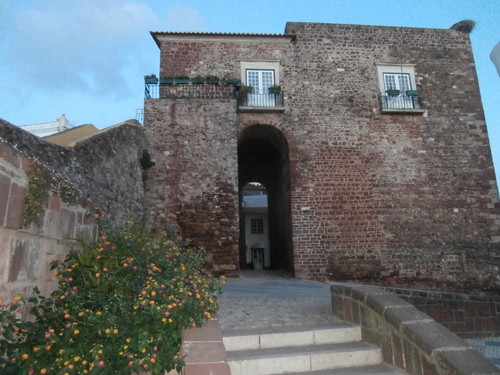
Doors of the city – a huge barbican tower in sandstone that gave access to the main street, the Cathedral Street (old street right), leading to the Greater Mosque and the Citadel. At the door, protected by an elbow which aimed to hinder access, characteristic of the Almohad tradition, it overlaps the tower that once served as the Town Hall.
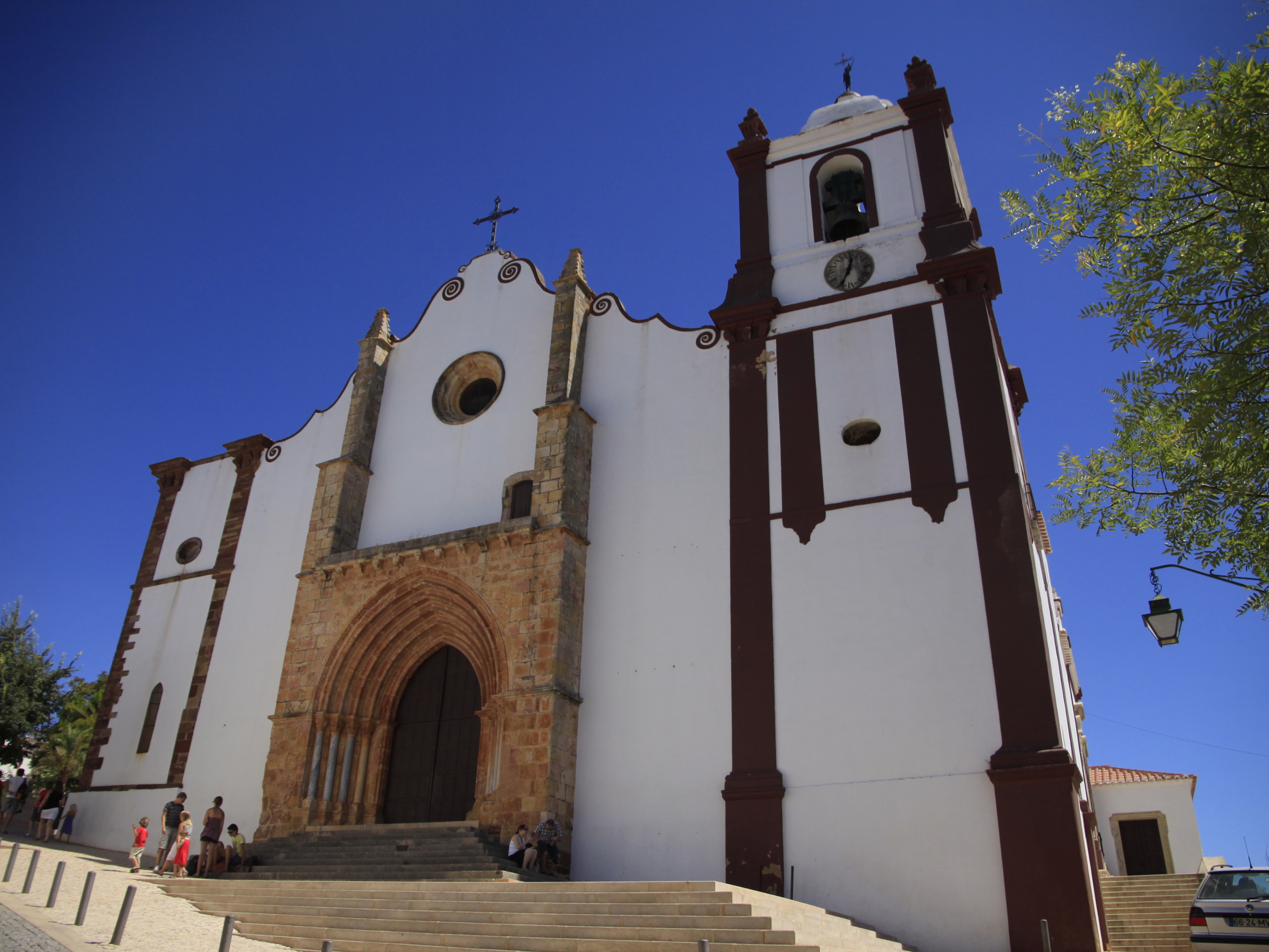
Cathedral of Silves – one of the most remarkable temples of the Algarve Gothic architecture, this was probably sent to erect the end of the thirteenth century, with the conquest of the city in 1248 or 49, by D. Paio Peres Correia. This presents a Gothic style, disfigured by successive reconstruction and restoration that was voted. Built in red sandstone (Stoneware Silves), the cathedral in Latin cross plan is formed by the apse and transept. With a height of approximately 18m, the nave is higher than the two sides. Inside the lobby we can see several tombs, including the tomb of King John II who was buried here in 1495, and his remains were transferred to the Monastery of Batalha four years later. Open Monday to Friday from 09h00 – 13h00 and 14h00 – 18h00 and Saturday from 09h00 – 13h00.



